The Caterpillar D10: Totally an Awesome Machine
The massive Caterpillar D10 dozer is powered by a V-12
Caterpillar D348 engine having a displacement of
1,786 cubic inches and a rating of 700 horsepower
running at 1,800 revolutions per minute.
The same engine had already been used with good success
in Cat's 777 off-highway hauler and the 992/992B wheel
loaders.
Fuel capacity is 383 gallons, however on a normal
day of running, the Caterpillar D10 will use upwards
of 800 to 900 gallons of diesel fuel.
The Caterpillar D10 dozer tips the scales at 174,000
pounds or 87 tons. Each track weighs in at about 10 tons.
In comparison, to the Caterpillar D9 dozer:
D9T and D9R has 410 hp, a D9N has 375 hp, and a
D9L has 460 hp. The average D9 weighs 107,550 pounds,
or about 54 tons.
Caterpillar D10R Bulldozer waiting to spring into action
pushing coal.
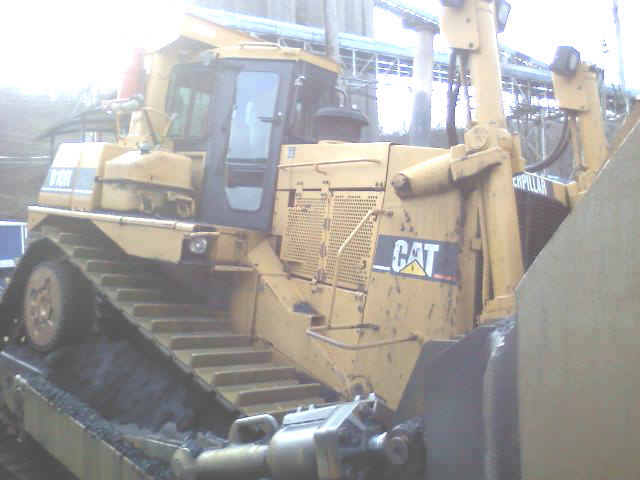
The Caterpillar company in the early 1970's took
note of the trend towards bigger and bigger equipment.
They set their engineers to work on designing huge
diesel engines and machines to put them in. In 1977
Caterpillar brought out it's D10. At the time of
introduction the D10 was the largest and most
technologically advanced machine on the market.
It was with the D10 that Caterpillar brought out
their elevated drive sprocket which was designed
to give greater traction, less wear and tear on
the drive train, also cushioning the final drive
units from rough ground, thus giving the machine longer
life before overhauls.
This system eliminated the older final drives which
tended to break in favor of a planetary final drive which
was more capable of handling the huge torque of the engine
spreading the stress over multiple gear teeth rather than
single teeth as was on the old final drive systems
of Cat's other dozers.
Cat D10R Elevated Track Design
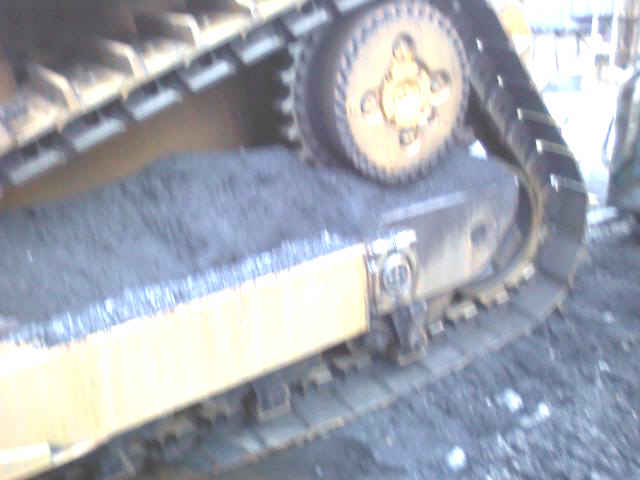
With the success of this design, Caterpillar then began
to use the elevated drive sprocket on it's D7,
D8 and
D9 bulldozers.
Another significant design change for dozers was
the engine could not be started until oil pressure
was at the bearings, supplied by an external
oil pump which circulated the oil through the engine.
Cat D10R Blade
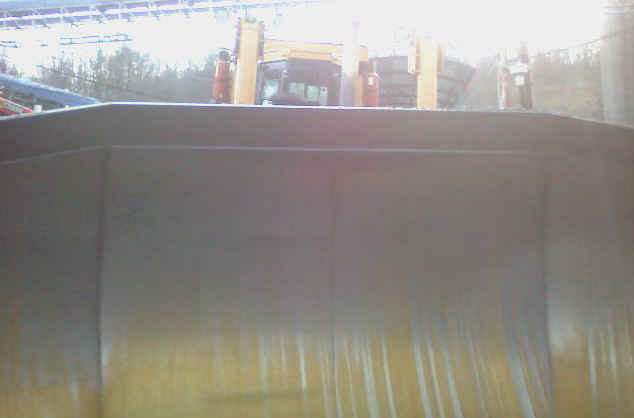
In the model year 1986-87, Caterpillar changed
their dozer numbers so that the D10 was replaced
by the D11N and the D9L was replaced by the D10N.
A typical D10N or D10R cost a buyer right around a cool
million which included delivery and set up
As model changes occurred over the years, the
D10N went to a D10R, and then to the current D10T.
The Caterpillar D10T gets it's power from a Cat
C27 engine developing 580 hp and weighs 146,500
pounds. The Caterpillar D11T has a Cat C32 engine
which makes 850 hp and weighs 230,100 pounds.
The Caterpillar D10 is manufactured at East Peoria,
Illinois.
What it looks like to sit in the cab of a D10
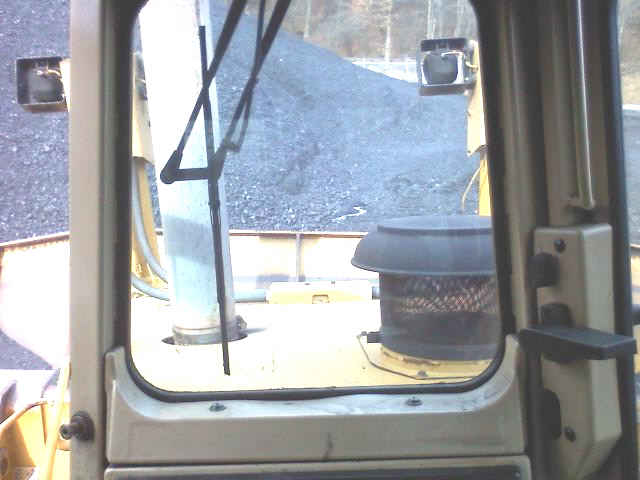
View out the left side of the cab
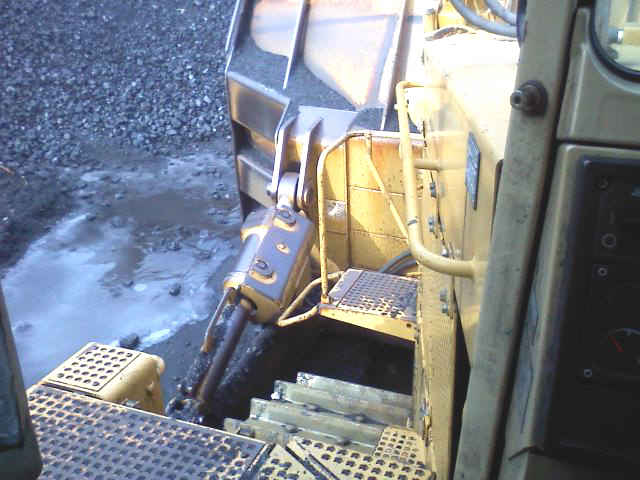
Operators Control Panel (pedal on the right is the throttle
control, pedal to the left of it is the brake. The D10 is
steered by buttons on the operator's left hand side,
the blade is controlled by a joy stick on the right hand side.
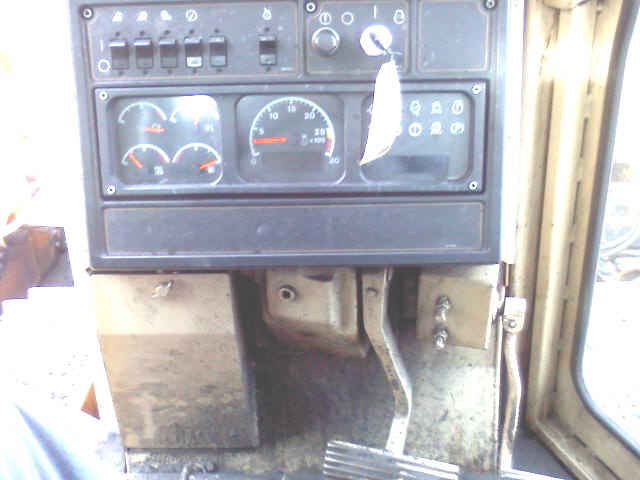
Back to Index of All Heavy Equipment
 Search our site for more info
Search our site for more info